Every year brings different seasonal combinations which test our resilience in managing the olive grove without resorting to the quick fix of artificial inputs. Most of the time we get through with a reasonable yield and a manageable workload. This season spanning 2023 and 2024 has proved by far the most challenging.
The start of the season back in November was auspicious with good rains accommodating bounteous flowering and promising olive fruit set. The trees which produced a lot of fruit last year started to grow in all directions and the trees which had an off year set a lot of fruit. We are happy to have the heavily laden trees as long as the irrigation and summer rain replenished the soil water reserves. The trouble with the rapid growth of many trees is they become too big for us to handle without machinery and they steal the water from the smaller trees with the fruit as the root growth matches the above ground foliage growth.
The olive trees are not the only things which enjoy a humid and cooler summer, the insects thrive in the conditions. We noticed adjacent groves showing symptoms of water-logging and dieback, so much that the entire groves looked dead. A few of our trees started showing the same dieback and on closer inspection we identified the cause as massive infestations of the olive lace bug (Froggatia olivinia). Research told us that the insects are uniquely Australian and have migrated from the native mock olive (Notelaea longifolia) to the cultivated olive. The mock olive is in the same taxonomic family as the European olive with similar looking fruit. It grows along the hot and humid fringes of rainforests along the coastal region of northern New South Wales and Queensland. Its liking for these conditions may explain why it has thrived in the humid heat of this season. No doubt its spread across all regions will result in adaptation to drier summer conditions and it will become a threat to productivity in more normal summers with hot days and low humidity.
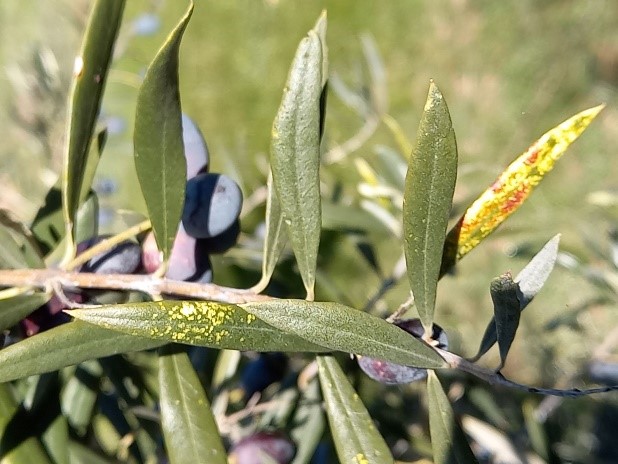
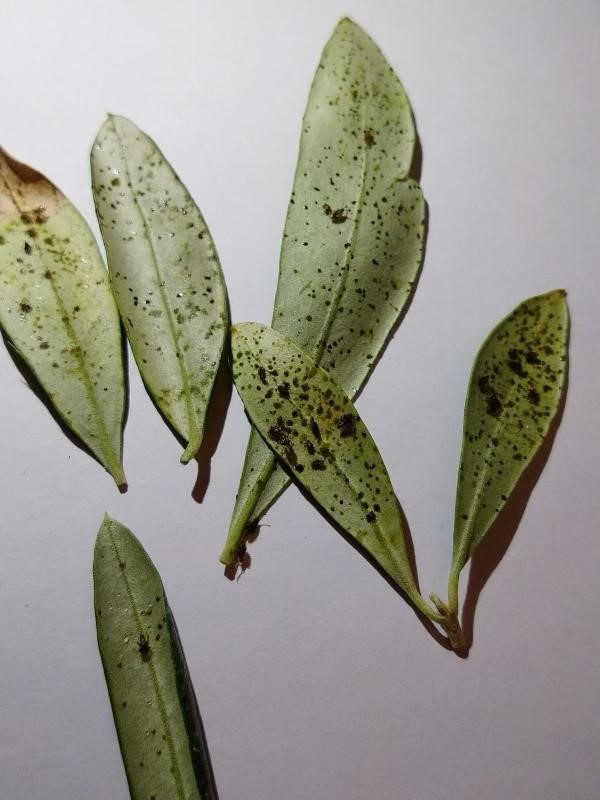
Having the bug as our own means that the research, which would be done by the main olive growing countries around the Mediterranean, is limited and we must rely on local research. There is even less research for organic control methods other than cutting off the branches bearing leaves which the insect has infested, or using ‘organic’ pesticides which will also eliminate other insects.
In the last six months we have learned a lot, the first being that controlling the spread of the bug in a 6,000 tree olive grove takes a lot of planning and hard work. The bug infests the tree by progressing from a clutch of eggs laid near the tip of the leaf. The hatchlings go through various stages to the winged mobile adult. The adults use whatever means they can to travel to other leaves and trees to lay their eggs. They will fly assisted by the wind, walk along branches, attach themselves to kangaroos brushing the tree, birds which alight in the tree, and humans who are pruning. The research suggests they cannot fly great distances, but somehow they have successfully infested every single tree or olive grove we have seen this season. Visiting a friend’s winery, a quick inspection of their few olive trees showed well progressed infestation. The two small, potted, and neglected trees which grace the entrance to the local shopping mall are infested. The bugs are everywhere.
While they can appear on trees not adjacent to infested trees, generally inspection of adjacent trees shows they spread from the ‘hotspot’ like ripples on a pond. The trick is to closely inspect the trees and prune off any branches which have eggs or later developments of up to five nymphal instars. Adults can be seen singly on leaves and these are also removed.
The breeding life cycle can be 3-7 weeks and varies on different olive varieties. There will be some synchronisation of the infestation in spring when the eggs, nymphs, and adults, which have successfully over- wintered, restart the life cycle. Thereafter through summer there can be all stages of the life cycle throughout the grove. There is evidence that cold winters no longer break the cycle as effectively in the past as some have survived to reinfest early as the weather warms up. This is a not so gentle reminder that we do not deal with static ecological situations as the fauna and flora adapt to changing conditions.
Learning all this, our management has progressed from dealing with the bug in a haphazard way to trying to go through the entire grove in a three week period, cutting off infected branches on the periphery of the tree and chain sawing all the branches of severely infected trees.
The grove now has buffer areas around the original infested trees where all the branches have been removed from trees. Unlike the tactics used by our governments to control the spread of covid, we cannot isolate the trees and impose a curfew on the birds and kangaroos! Creating buffer zones is the next best option and seems to be helping. The removal of foliage also eliminates the shading effect so the kangaroos which lie in the shade during the summer keep away from these areas and eliminate themselves as a vector, the same applies to the birds.
Over three months it appears we have brought the bug infestations back to the eggs and nymphal instars and reduced the progression to adults. We have been helped by the natural predators like the ladybird, green lacewings, soldier beetles and an array of spiders, including the golden orb where we find adult bugs in their web middens. Some recent hot dry weather has helped to slow down the bug breeding, while unfortunately causing the olives on unirrigated trees to shrivel. Our inclination is to accept the shrivelling if the dry helps control the bugs.
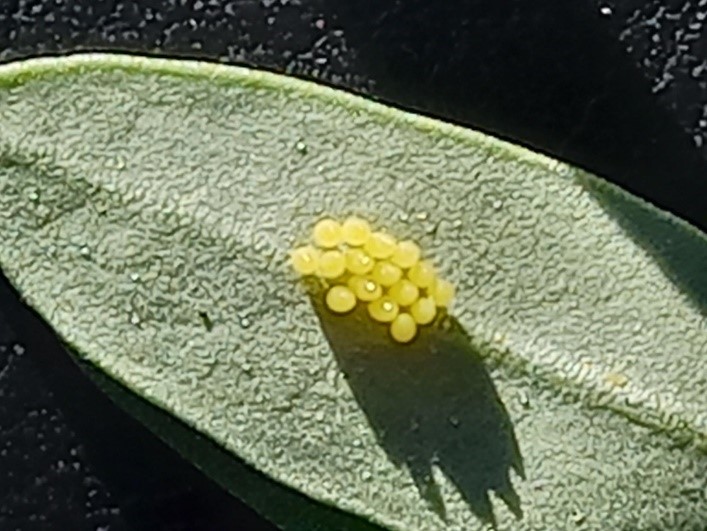
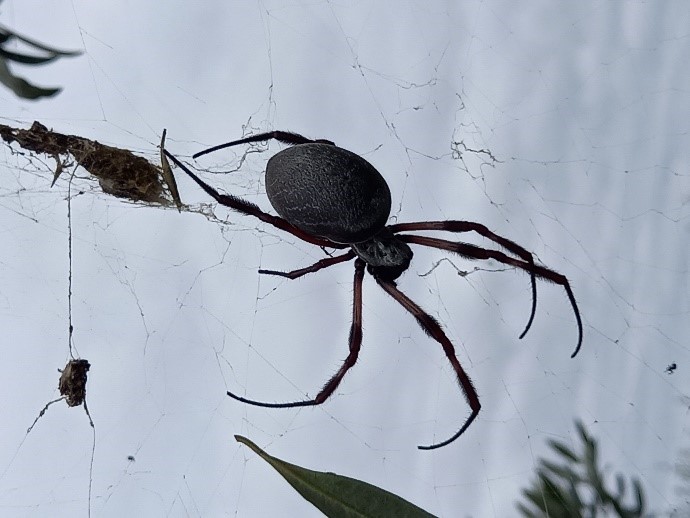
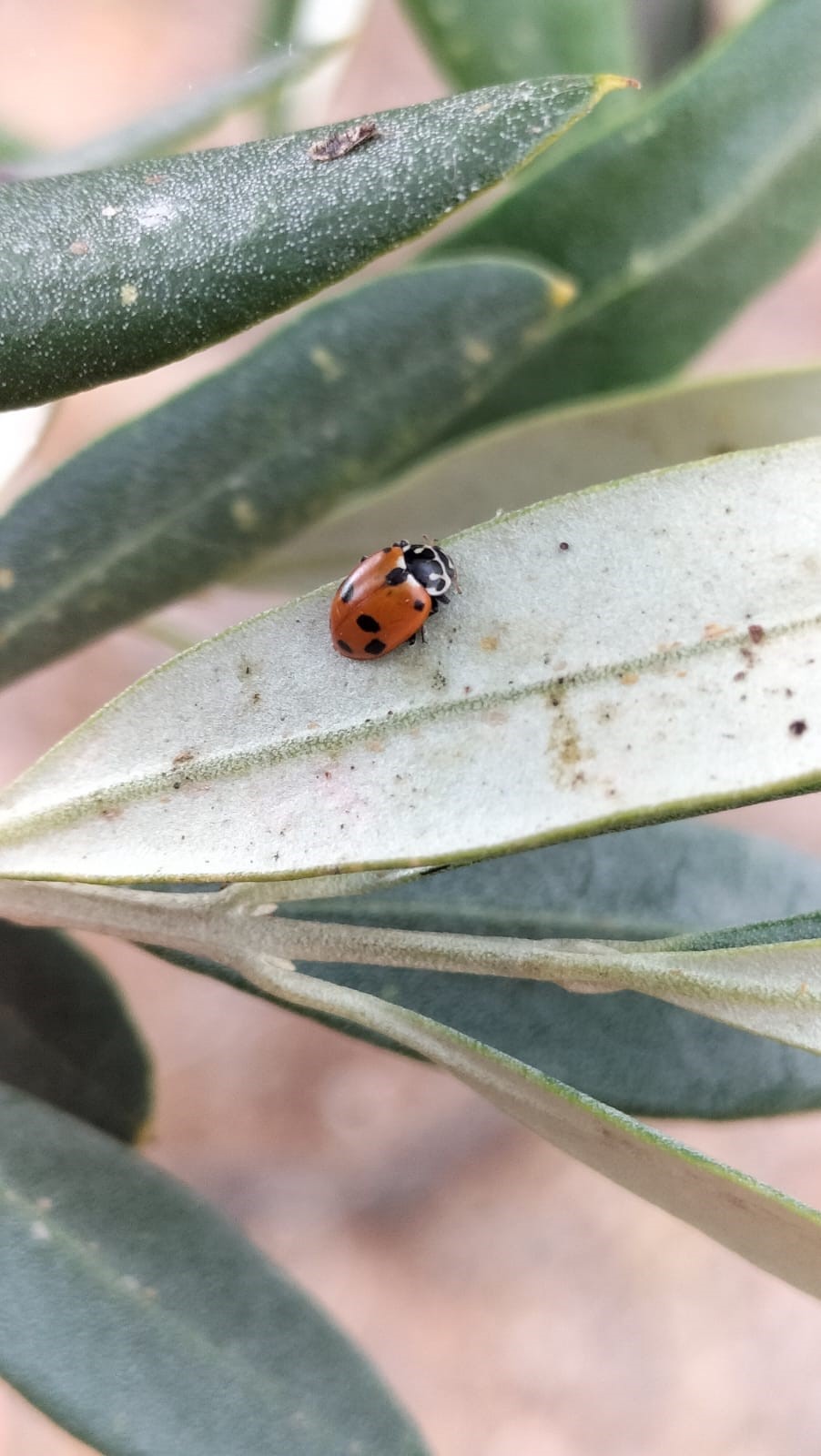
Scale insects are also helping control the bug by competing for space on the leaves where the eggs are laid and exuding the very sticky mildew which with condensation on the humid nights forms a sticky syrup which coats the leaves, especially the leaf tips where the bugs congregate. The sticky kills the nymphs and stops the adults from flying, like superglue. The trees are so sticky that we have to wash our pruning secateurs and gloves daily. In normal years, if there are such things, there would be a myriad of ants feeding on the mildew and protecting the scale from predators such as the ladybird. This season there are virtually no ants so the mildew flows freely. The ants would also eat the olive lace bugs.
Coming to the end of summer we are hoping that our drastic measures to control the bug will allow us to reduce the infestation to controllable levels. During winter after harvest we will prune all the trees with special attention to any evidence of lace bug eggs. In spring we will diligently inspect every tree to ensure that the wily insect does not catch us napping for another year.
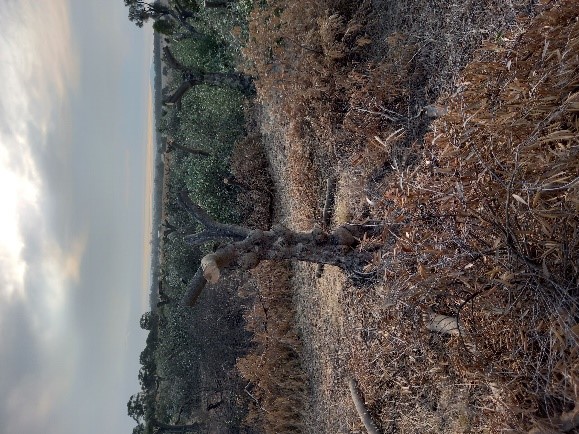
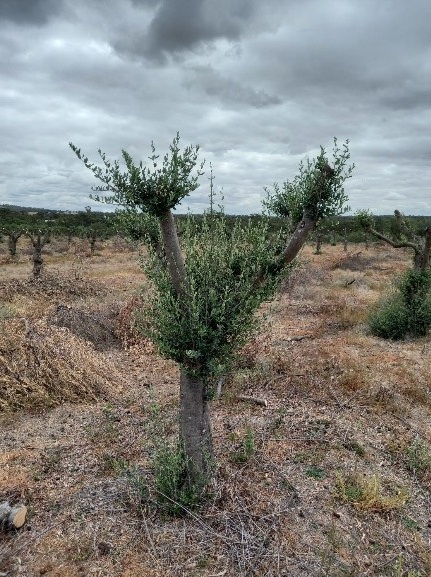
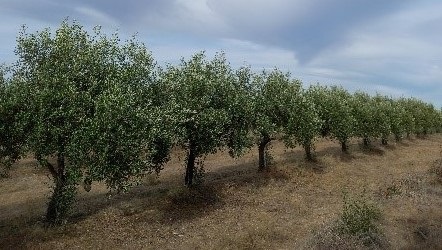
We have already seen promising recovery with fresh and bug free shoots on the trees which were heavily pruned early in the battle.
Researching the lace bug and paying such close attention to each tree has taught us more about the interaction and interdependence between the trees and insects, birds, marsupials, and arachnids. We have learned to recognise the eggs and breeding cycles of soldier beetles, aphytis wasps, green lacewings, scale, and ladybirds – all predators and our allies. We have frequently discussed the quick fix of spraying pesticide – hitch the fan sprayer to the tractor, fill the tank with pesticide and in two hours clean up the bug. And clean up everything else, upsetting the ecological balance we have striven to establish for 25 years. Instead we have spent nearly five hours a day for three months trying to contain the outbreak. The result of the discussion is to keep at it, have confidence in the natural way and keep learning. Our yields will be down and our income will be reduced. Our minds will be at peace as we continue to enjoy the olive grove and all the creatures we share it with!
A Chapter from the soon to be published book ‘Fandango Farm with the Puggle Express’ by Simon Field. A factual story which relates the intimate relationship an integrated and dynamic farming approach has created between fauna, flora, and humans.

